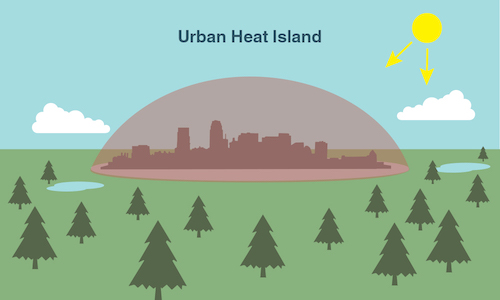Exploring Environmentally Friendly Pavement Solutions
When it comes to creating sustainable and eco-friendly urban spaces, one area that often gets overlooked is the pavement. Traditional pavement materials like asphalt and concrete contribute to heat island effect and stormwater runoff, which can have detrimental effects on the environment. However, there are several green pavement options available that can mitigate these issues and provide a more sustainable solution for our cities.
1. Permeable Pavement
Permeable pavement is designed to allow rainwater to infiltrate through the surface and into the ground below. It is typically made from porous materials such as pervious concrete, porous asphalt, or interlocking pavers with gaps between them. This allows the water to seep into the soil, replenishing groundwater and reducing the burden on stormwater systems.
Permeable pavement also helps to reduce the heat island effect by allowing the ground to absorb and dissipate heat more effectively than traditional pavements. Additionally, it can filter pollutants and contaminants from stormwater, improving water quality.
2. Recycled Materials
Another green pavement option is the use of recycled materials. Instead of using virgin materials, recycled materials such as reclaimed asphalt pavement (RAP) or recycled concrete aggregate (RCA) can be used in the construction of pavements. This reduces the demand for new materials and helps divert waste from landfills.
Recycled materials can offer comparable performance to traditional materials while reducing the carbon footprint associated with pavement construction. They can be used in various pavement types, including asphalt and concrete, making them a versatile and sustainable option.
3. Cool Pavement
Cool pavement, also known as reflective or light-colored pavement, is designed to reflect more sunlight and absorb less heat than traditional dark-colored pavements. By reducing the absorption of solar radiation, cool pavement can help lower surface temperatures and mitigate the heat island effect.
Several materials can be used to create cool pavement, including light-colored concrete, specialized coatings, and asphalt mixtures with reflective additives. These options offer a visually appealing alternative to traditional pavements while providing environmental benefits.
Conclusion
When it comes to pavement options, it’s essential to consider their environmental impact. By choosing green pavement solutions like permeable pavement, recycled materials, and cool pavement, we can create more sustainable urban spaces that are resilient to climate change and promote a healthier environment for all.
